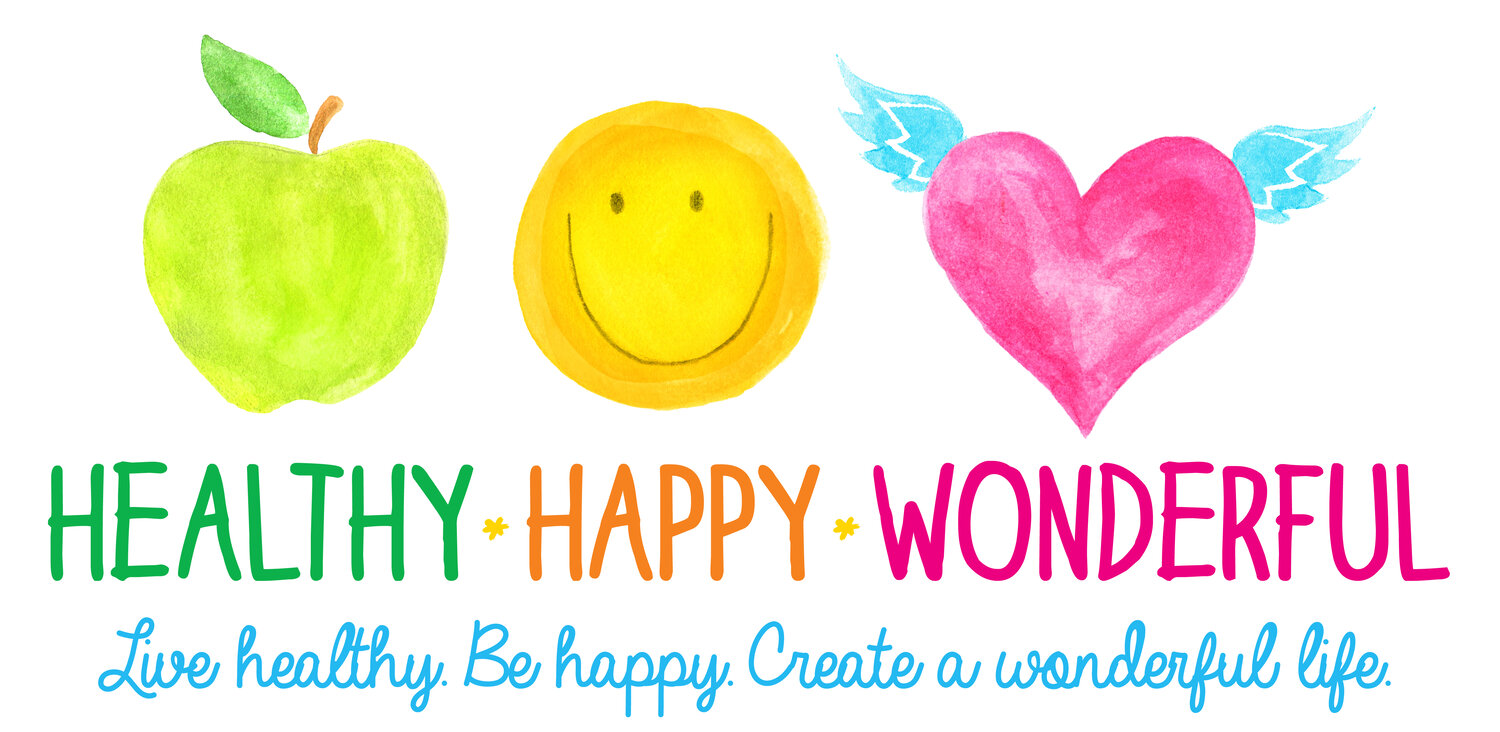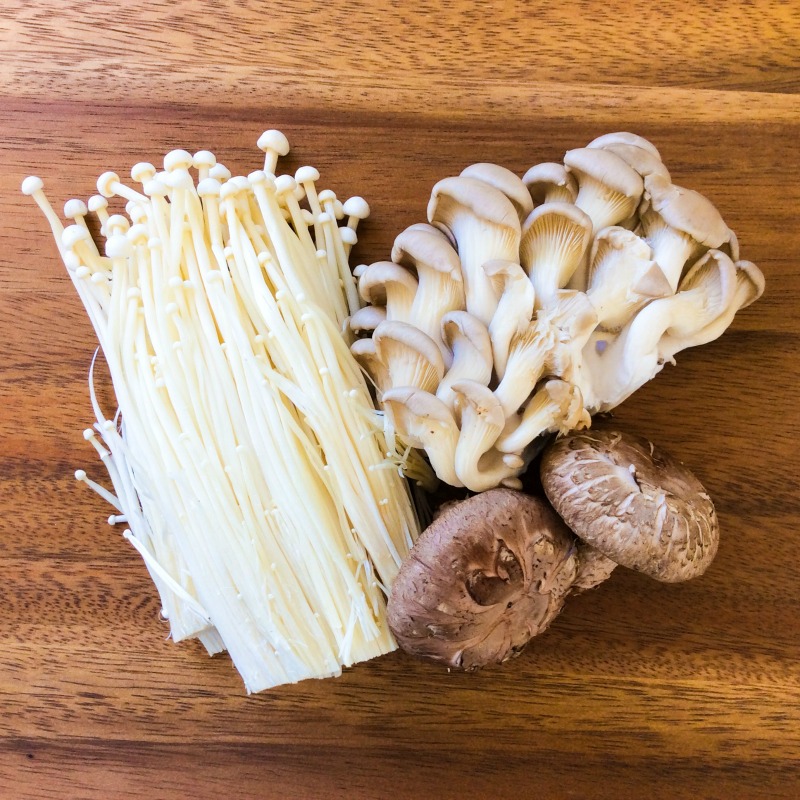Give Your Mushrooms A Suntan! Seriously!
/I just LOVE mushrooms! They taste amazing AND they are so healthy for you!
Did you know that mushrooms are a good source of the B vitamins riboflavin, folate, thiamine, pantothenic acid and niacin? They also contain minerals like selenium (a powerful antioxidant), potassium, copper, iron and phosphorous. They are also a good source (along with oats) of beta glucans, a type of fibre which has been shown to improve immune function!
But did you know they can also be a good source of Vitamin D? Well they can, IF you know what to do with them.....
There aren't too many food-sources of Vitamin D. We really need to boost our stores by exposing our skin to sunlight. And that's a pretty fine balancing act - we need to make sure we get enough sun to get enough Vitamin D, but not too much sun as we don't want sun-damage or skin cancer!
This is a nifty little "food hack" which is absolutely legit! I've checked the peer-reviewed literature AND I've also listed a whole bunch of references below for you to dig into yourself!
So here's my tip: to boost the Vitamin D content of your mushrooms, give them a little "suntan"!
Just as we manufacture Vitamin D in response to UV light, Mushrooms produce Vitamin D2 (ergocalciferol) when they are exposed to UV light, including sunlight.
You don't need to leave them outside all day. Just an hour in sunlight will do.
There is about 10mcg of Vitamin D2 in 100g of mushrooms that have been exposed to sunlight for an hour. This is amazing, considering our RDI is 5-15mcg/day
Don't leave them out too long they may shrivel and discolour. Just an hour in the sunlight will do it!
How awesome it that?!?!?!
References for my fellow science nerds!
Teichmann A, Dutta PC, Staffas A, Jägerstad M. Sterol and vitamin D 2 concentrations in cultivated and wild grown mushrooms: effects of UV irradiation. LWT-Food Science and Technology. 2007 Jun 30;40(5):815-22.
Koyyalamudi SR, Jeong SC, Song CH, Cho KY, Pang G. Vitamin D2 formation and bioavailability from Agaricus bisporus button mushrooms treated with ultraviolet irradiation. Journal of agricultural and food chemistry. 2009 Mar 13;57(8):3351-5.
Simon RR, Phillips KM, Horst RL, Munro IC. Vitamin D mushrooms: comparison of the composition of button mushrooms (Agaricus bisporus) treated postharvest with UVB light or sunlight. Journal of agricultural and food chemistry. 2011 Jul 25;59(16):8724-32.
Kalaras MD, Beelman RB, Elias RJ. Effects of postharvest pulsed UV light treatment of white button mushrooms (Agaricus bisporus) on vitamin D2 content and quality attributes. Journal of agricultural and food chemistry. 2011 Dec 16;60(1):220-5.
Kalaras MD, Beelman RB, Holick MF, Elias RJ. Generation of potentially bioactive ergosterol-derived products following pulsed ultraviolet light exposure of mushrooms (Agaricus bisporus). Food chemistry. 2012 Nov 15;135(2):396-401.
Kristensen HL, Rosenqvist E, Jakobsen J. Increase of vitamin D 2 by UV-B exposure during the growth phase of white button mushroom (Agaricus bisporus). Food & nutrition research. 2012 Apr 2;56.
Villares A, Mateo-Vivaracho L, García-Lafuente A, Guillamón E. Storage temperature and UV-irradiation influence on the ergosterol content in edible mushrooms. Food chemistry. 2014 Mar 15;147:252-6.
Phillips KM, Rasor AS. A nutritionally meaningful increase in vitamin D in retail mushrooms is attainable by exposure to sunlight prior to consumption. Journal of Nutrition & Food Sciences. 2013 Nov 4;2013.
Wittig M, Krings U, Berger RG. Single-run analysis of vitamin D photoproducts in oyster mushroom (Pleurotus ostreatus) after UV-B treatment. Journal of food composition and analysis. 2013 Sep 30;31(2):266-74.
Huang SJ, Lin CP, Tsai SY. Vitamin D 2 content and antioxidant properties of fruit body and mycelia of edible mushrooms by UV-B irradiation. Journal of Food Composition and Analysis. 2015 Sep 30;42:38-45.














